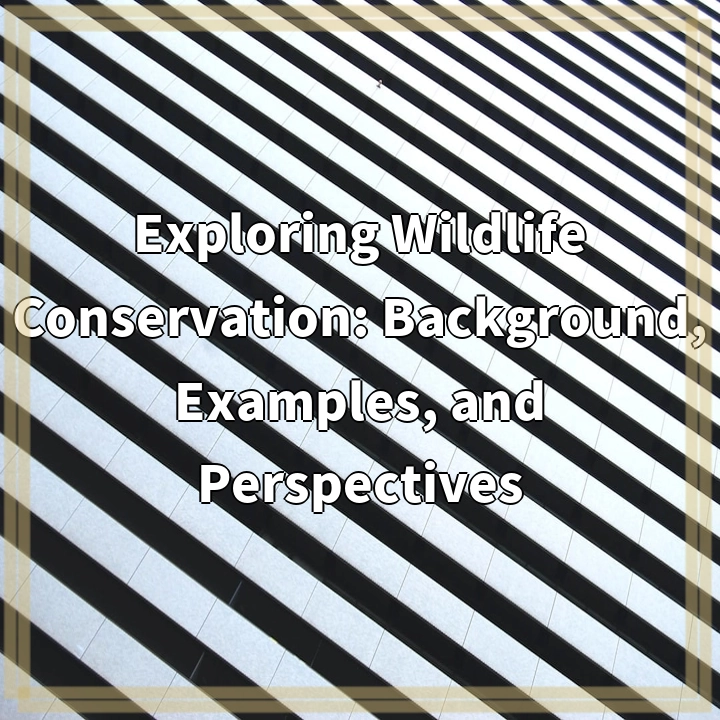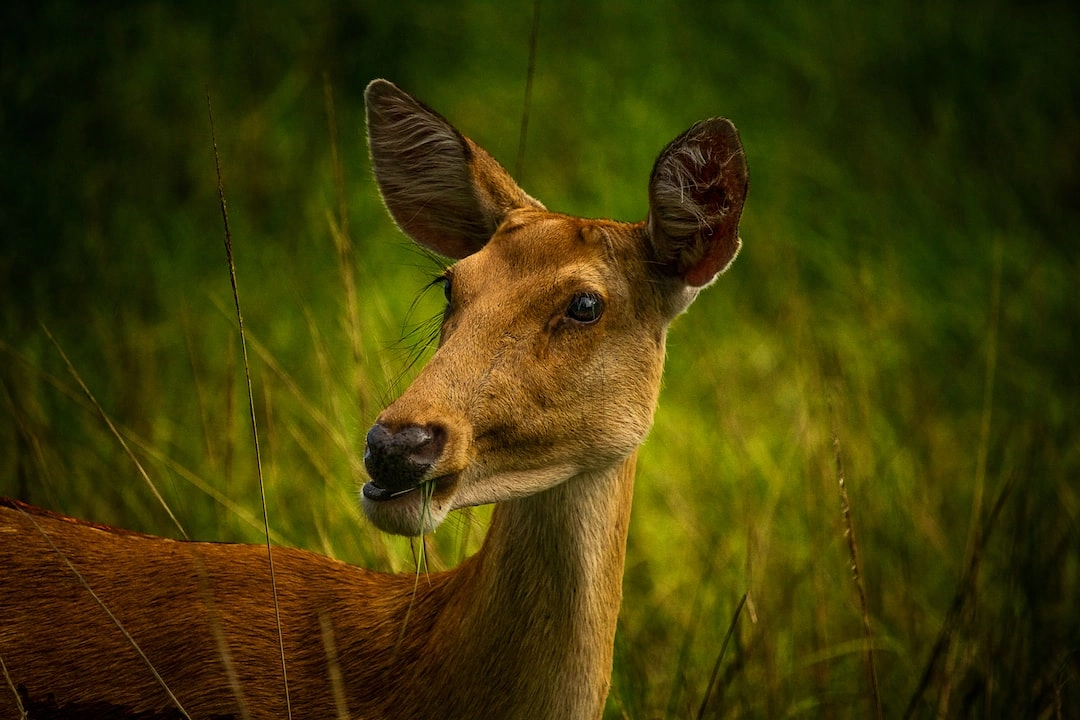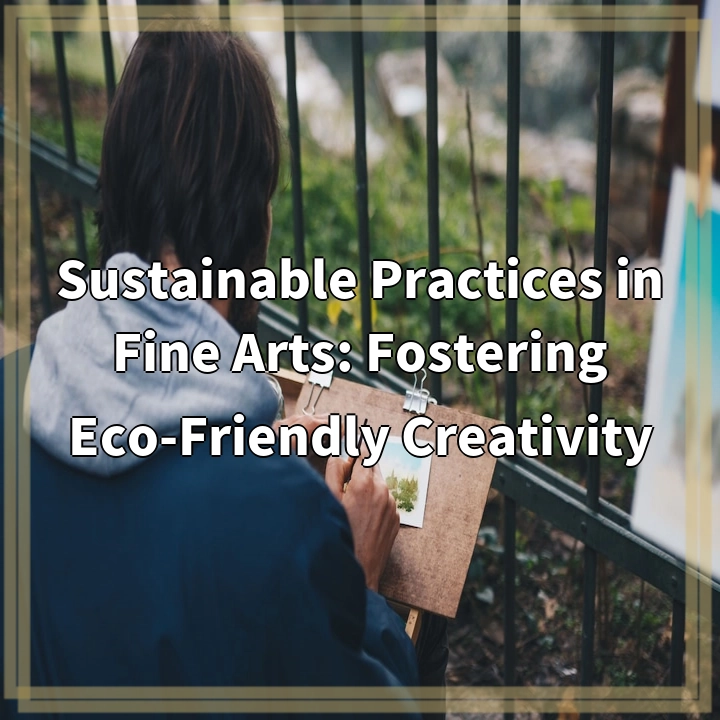
What is Wildlife Conservation?
Wildlife conservation is the practice of protecting and preserving animals, plants, and their habitats in order to maintain biodiversity and ensure the long-term survival of species. It involves various strategies, such as habitat restoration, captive breeding programs, wildlife protection laws, and public awareness campaigns.
Real-World Problems Associated with Wildlife Conservation
Habitat Loss and Fragmentation
Habitat loss and fragmentation are major threats to wildlife conservation. Human activities, such as deforestation, urbanization, and agriculture, result in the destruction and fragmentation of natural habitats. This disrupts ecosystems, reduces available resources, and restricts animals’ movements, leading to a decline in population size and survival rates.
Poaching and Illegal Wildlife Trade
Poaching and the illegal wildlife trade pose significant challenges to wildlife conservation efforts. Many species, including elephants, rhinos, and tigers, are hunted for their valuable parts or for the exotic pet trade. This illegal trade not only threatens the survival of these species but also disrupts ecological balance and undermines the integrity of protected areas.
Invasive Species
Invasive species, introduced by human activities, can have devastating impacts on native wildlife and ecosystems. These non-native species often outcompete native species for resources, disrupt food chains, and alter habitats. Invasive species can lead to the decline or extinction of vulnerable species and cause significant ecological imbalances.
Climate Change
Climate change is a global challenge that directly affects wildlife and their habitats. Rising temperatures, altered rainfall patterns, and increasing frequency of extreme weather events can disrupt ecosystems and push species to their limits. Climate change can lead to habitat loss, changes in migration patterns, altered predator-prey relationships, and increased vulnerability to diseases.
Lack of Public Awareness and Participation
A lack of public awareness and engagement can hinder effective wildlife conservation. Many people are unaware of the importance of biodiversity and its ecological, economic, and cultural significance. Without public support and participation, it becomes challenging to implement and sustain conservation measures, secure funding, and drive policy changes.
Human-Wildlife Conflict
As human populations expand and encroach further into wildlife habitats, conflicts between humans and wildlife become more prevalent. Competition for resources, damage to crops or livestock, and threats to human safety can lead to negative attitudes towards wildlife and a disregard for conservation efforts. Resolving human-wildlife conflicts requires finding sustainable solutions that consider the needs of both humans and wildlife.
Poor Governance and Weak Law Enforcement
Poor governance and weak law enforcement pose significant challenges to effective wildlife conservation. Corruption, lack of resources, and inadequate enforcement of wildlife protection laws allow illegal activities to flourish. Strengthening governance structures, improving law enforcement, and promoting international collaboration are crucial for combating wildlife crimes and ensuring the effectiveness of conservation efforts.

Solutions to Wildlife Conservation Challenges
Habitat Restoration and Protection
Efforts should be focused on restoring and protecting natural habitats. This includes reforestation projects, creating wildlife corridors, and establishing protected areas that are well-managed and adequately funded. Conservation organizations and governments need to work together to ensure the preservation of crucial habitats.
Combating Poaching and Illegal Wildlife Trade
To address poaching and the illegal wildlife trade, it is essential to strengthen law enforcement, increase penalties, and promote international collaboration. Enhanced surveillance, intelligence gathering, and patrolling can help prevent illegal activities. Additionally, raising awareness about the ecological and ethical consequences of the wildlife trade is vital.
Preventing and Controlling Invasive Species
Efforts to prevent the introduction of invasive species should be prioritized through stricter regulations on the transport of exotic species and increased quarantine measures. When invasions occur, prompt action, such as eradication or control programs, should be implemented to minimize their impacts and protect native biodiversity.
Addressing Climate Change Impact
Addressing climate change requires global cooperation and efforts to reduce greenhouse gas emissions. Additionally, conservation initiatives should focus on building ecosystem resilience, promoting habitat connectivity, and assisting species in adapting to changing conditions. Protecting carbon sinks, such as forests and wetlands, can also help mitigate climate change.
Increasing Public Awareness and Education
Public awareness and education play a crucial role in wildlife conservation. Campaigns and initiatives should emphasize the value of biodiversity, the importance of conservation, and the need to take individual action. Engaging local communities, schools, and media outlets can foster a sense of ownership and inspire collective efforts towards wildlife protection.
Promoting Coexistence and Sustainable Livelihoods
Resolving human-wildlife conflicts requires implementing strategies that enable humans and wildlife to coexist harmoniously. This can be achieved through innovative approaches such as community-based conservation, sustainable tourism, and supporting local livelihoods that rely on the conservation of wildlife and their habitats.
Strengthening Governance and Law Enforcement
Efforts to combat wildlife crimes should involve improving governance structures, strengthening legislation, and enhancing law enforcement capacity. This includes addressing corruption, improving cooperation between enforcement agencies, providing adequate resources, and promoting international collaborations to ensure effective conservation measures are in place.















